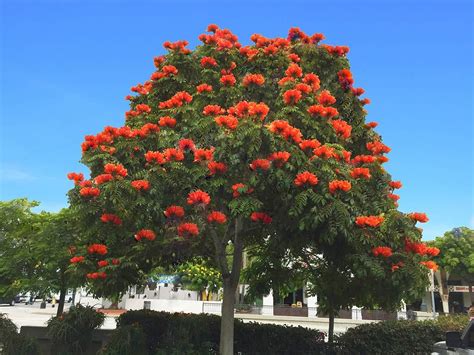Tulip Tree Plant. The tulip magnolia tree is a marvelous tree planted for its ornamental value. Tulip tree or yellow poplar (liriodendron tulipifera) are large deciduous ornamental trees that can grow up to 90′.

Tulip tree, (liriodendron tulipifera), also called yellow poplar or whitewood, north american ornamental and timber tree of the magnolia family (magnoliaceae), order magnoliales, not related to the true poplars. It is a hardwood tree that's native to most of the eastern united states. Despite the name, these trees aren’t related to tulip flowers, but are a member of the magnolia family.
Its Scientific Name Is Magnolia Soulangiana.
Tulip tree or yellow poplar (liriodendron tulipifera) are large deciduous ornamental trees that can grow up to 90′. Growth the tulip tree grows to be 25 to 35 metres high and 15 to 20 metres wide. Larval host to the tiger swallowtail butterfly and tulip tree silkmoth;
Thinner Logs And Waste Wood Are An Important Raw Material For The Pulp And Paper Industry.
This tree is native to the carolinian zone, and will grow best in the milder regions of southern ontario. The appearance of the plant is as follows: It can be difficult to grow plants near a tulip tree due to competition for water.
It Is Not A True Poplar Tree But Instead Is A Member Of The Magnolia Tree Family.
Sometimes they grow as much as 24 inches in one year! The tree has proven to be hardy and fast growing in eastern nebraska, with many specimens more than 70 years old and some reaching over 80 feet tall. African tulip tree is a fast growing evergreen tree that can grow up to 24 m in height.
An Interesting Fact About Tulip Trees Is That It Is The Host Plant For Tiger And Spicebush Swallowtail Butterflies.
Tulip tree plant is a perennial plant and grows in habitat: The plant starts out in a pyramid shape but matures to an arching dome except where limited sun is available. Plant care & growing guide.
When To Plant Tulips Tulip Bulbs Should Be Planted In The Fall.
Tulip tree flowers attract bees and tiger swallowtail butterfly whose larvae feed on the leaves. The flowers of the african tulip tree are bright red or yellow; This tree is hardy up to zone 4, but its native range begins in zone 5.
